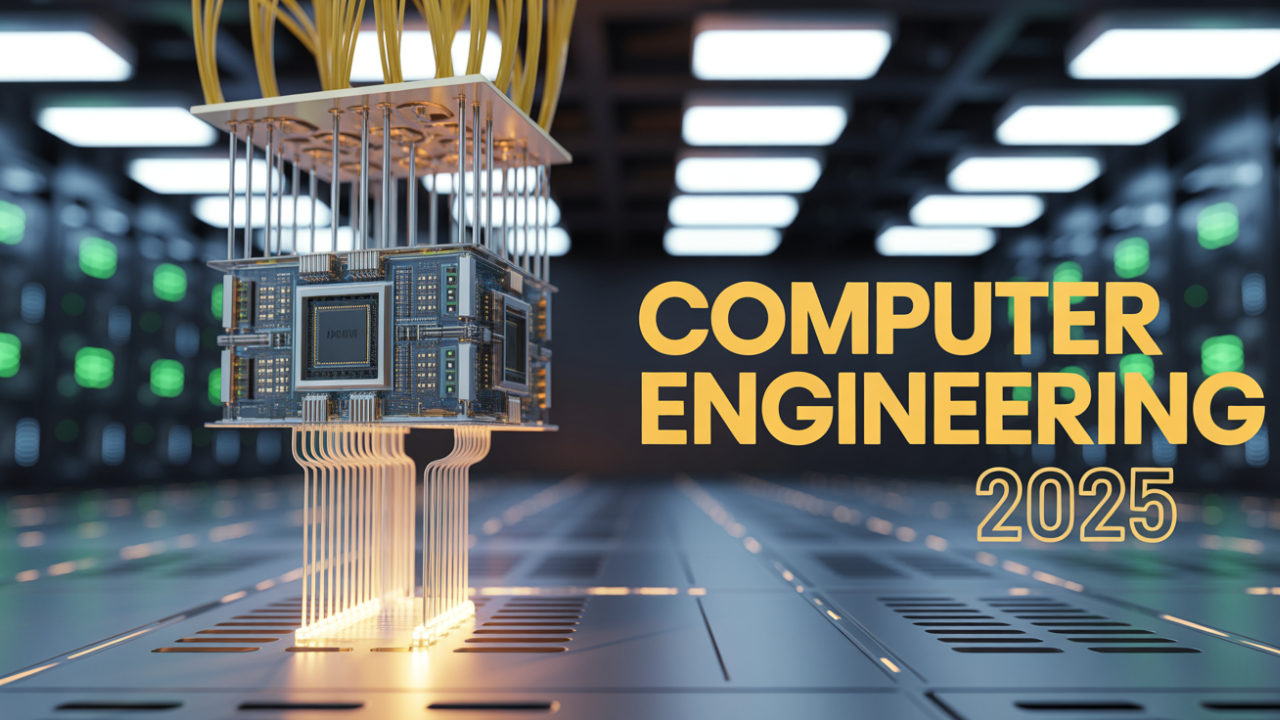Why Does My Laptop Not Turn On? Understanding Common Issues and Solutions
In an age where laptops are fundamental to both personal and business productivity, encountering the frustrating issue of a non-responsive device can be particularly distressing. Whether you rely on your laptop for work, school, or entertainment, the inability to turn it on can halt your progress and spark anxiety. However, before you rush to conclusions or assume the worst, it’s vital to understand the potential reasons behind this common problem. In this blog post, we’ll explore the various factors that might prevent your laptop from powering on and provide practical troubleshooting steps to help you diagnose and resolve the issue.

Understanding the Basics: What Happens When You Press the Power Button?
When you press the power button on your laptop, a series of complex processes are triggered. The power supply, motherboard, and various components work in concert to initiate boot-up procedures. If any part of this system fails to function properly, your laptop may refuse to turn on, leading to several possible symptoms: a blank screen, blinking indicator lights, strange sounds, or even no response at all.
Common Reasons Why Your Laptop Won’t Turn On
- Power Supply Issues:
One of the most common reasons for a laptop not turning on is related to power supply. The laptop may not be charged or may have a faulty adaptor. Here are some ways to troubleshoot power supply issues:
-
- Check the Power Connection: Ensure that the power adapter is securely plugged into your laptop and that the other end is connected to a functional outlet. Try a different outlet if necessary.
- Inspect the Charger: Look for any visible damage to the charger or the charging cable. If possible, test the charger with another compatible laptop.
- Battery Problems: If your laptop has a removable battery, detach it and press the power button for 15-20 seconds to discharge any remaining power. Then, reconnect the battery and attempt to power on again.
- Hardware Malfunctions:
Hardware issues can range from minor glitches to severe component failures. Here are some common hardware-related causes: -
- Overheating: Laptops have built-in thermal sensors that prevent them from starting if they are too hot. Ensure that your laptop is on a hard, flat surface to facilitate airflow and let it cool down before trying to power it on again.
- RAM Issues: Faulty or improperly seated RAM can prevent a laptop from booting. If you’re comfortable doing so, open the laptop (if it allows) and reseat the RAM modules. If you have multiple sticks, try booting with each one individually to identify a potential problem.
- Hard Drive Failure: A failing hard drive may lead to boot problems. Listen for unusual noises, such as clicking or grinding sounds, which can indicate physical damage. If diagnosed, replacing the hard drive may be necessary.
- Display Problems:
Often, the laptop may be functioning, but the display is not working. To identify display issues:
-
- External Display Test: Connect your laptop to an external monitor or TV to see if it outputs video. If the external display works, the issue may lie with your laptop’s screen or connections to the display.
- Brightness Settings: Occasionally, the brightness settings might be set too low. Adjust the brightness settings using the function keys on your keyboard.
- Software Glitches:
Sometimes, a laptop may fail to power on due to software-related issues:- Corrupted Operating System: If recently updated, the operating system files might be corrupted. In this case, boot into recovery mode if possible or perform a system restore.
- Malware or Virus Attack: Certain types of malware can prevent a machine from booting up. Running a system check or restoring from a backup may be necessary once the laptop is operational again.
- Peripheral Devices:
External devices connected to your laptop can cause it to malfunction at startup. Here’s what to try:- Remove All Peripherals: Disconnect all USB devices, external drives, and peripherals before attempting to power on. Sometimes, a faulty device can disrupt the boot process.
When to Seek Professional Help
If you have gone through these troubleshooting steps without success, it may be time to consult a professional technician. Laptop repair specialists are equipped to diagnose more intricate issues, such as motherboard failures or complex software problems, that you may not be able to resolve independently.
Preventive Measures: Keeping Your Laptop Healthy
To minimize the risk of encountering startup issues in the future, consider the following preventive measures:
- Regular Maintenance: Keep your laptop clean and free from dust, especially around the vents and keyboard. This practice helps with cooling and overall performance.
- Software Updates: Keep your operating system and software up to date to avoid glitches and vulnerabilities.
- Avoid Overheating: Use your laptop on hard surfaces to allow for proper ventilation. Consider using a laptop stand to enhance airflow.
- Backup Data: Regularly back up your files to an external drive or cloud service to protect against data loss due to unforeseen circumstances.
Conclusion
Experiencing a laptop that won’t turn on can be a disheartening situation, but understanding the possible causes can aid in troubleshooting the issue effectively. By assessing the power supply, checking for hardware malfunctions, and considering software glitches, you can potentially resolve the problem without the need for an expensive repair. However, when in doubt, don’t hesitate to seek professional assistance. With regular maintenance and preventive measures, you can enhance your laptop’s longevity and performance, ensuring smoother operations for all your digital needs.






